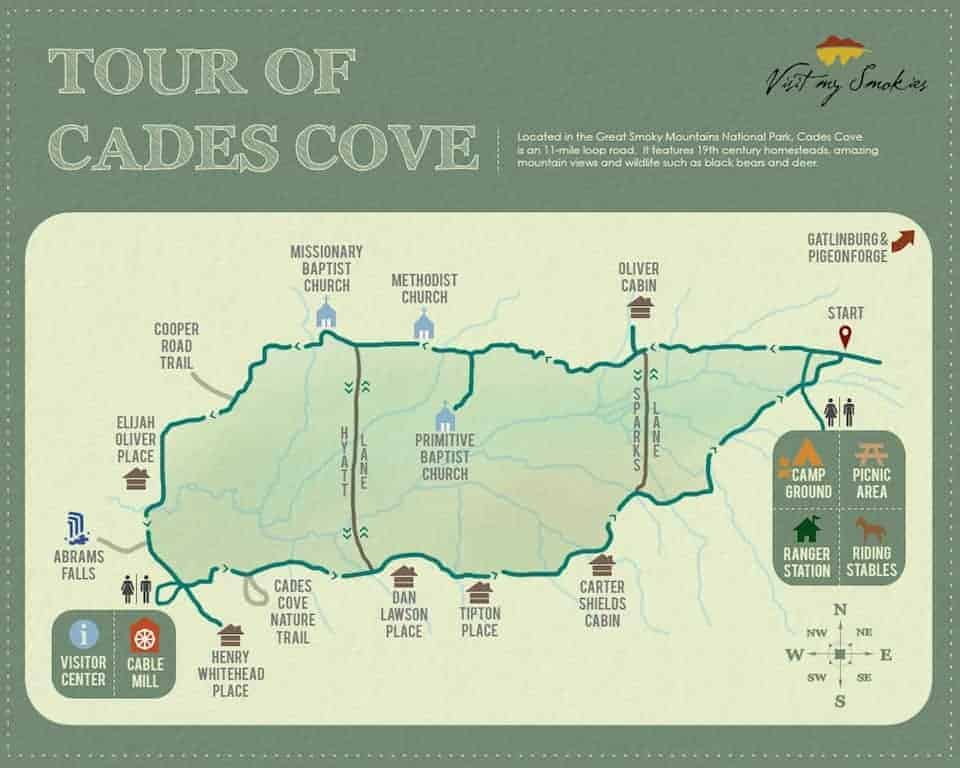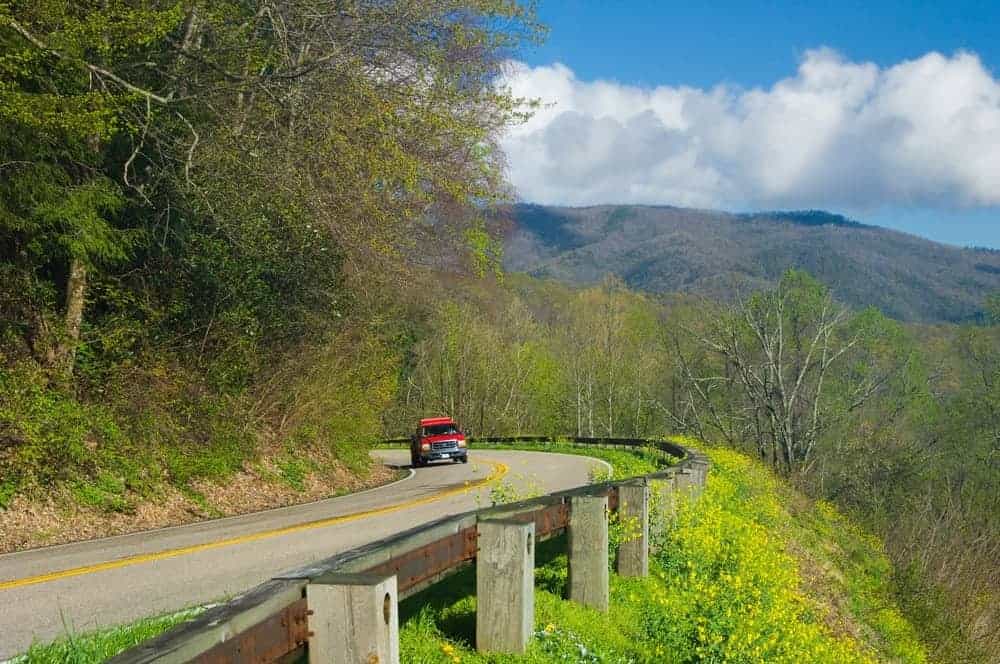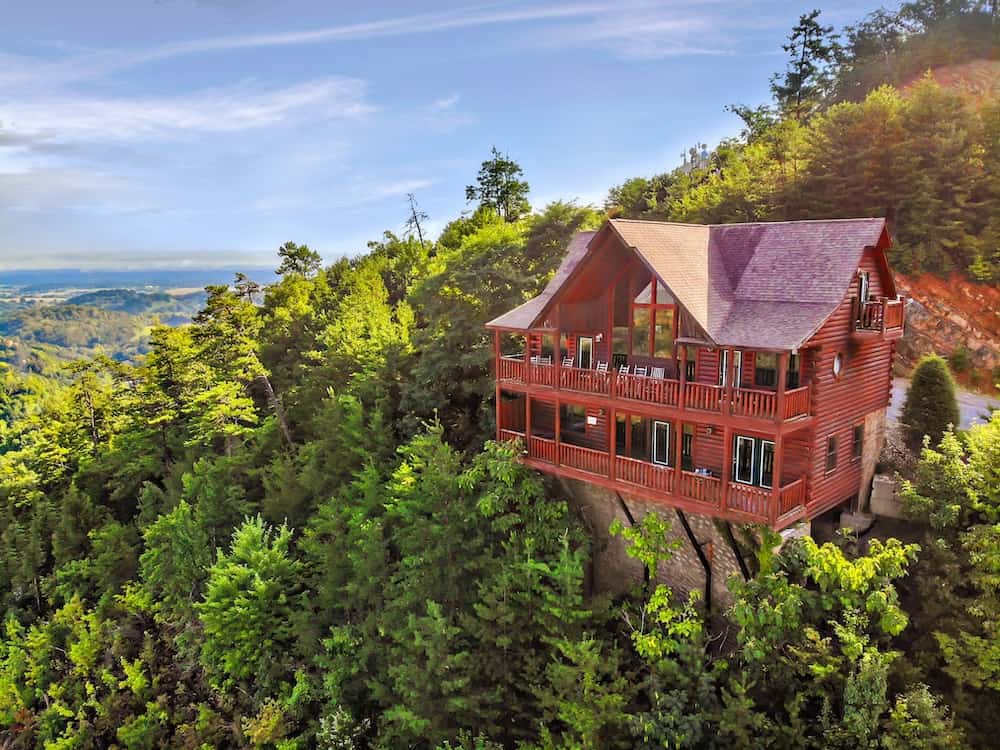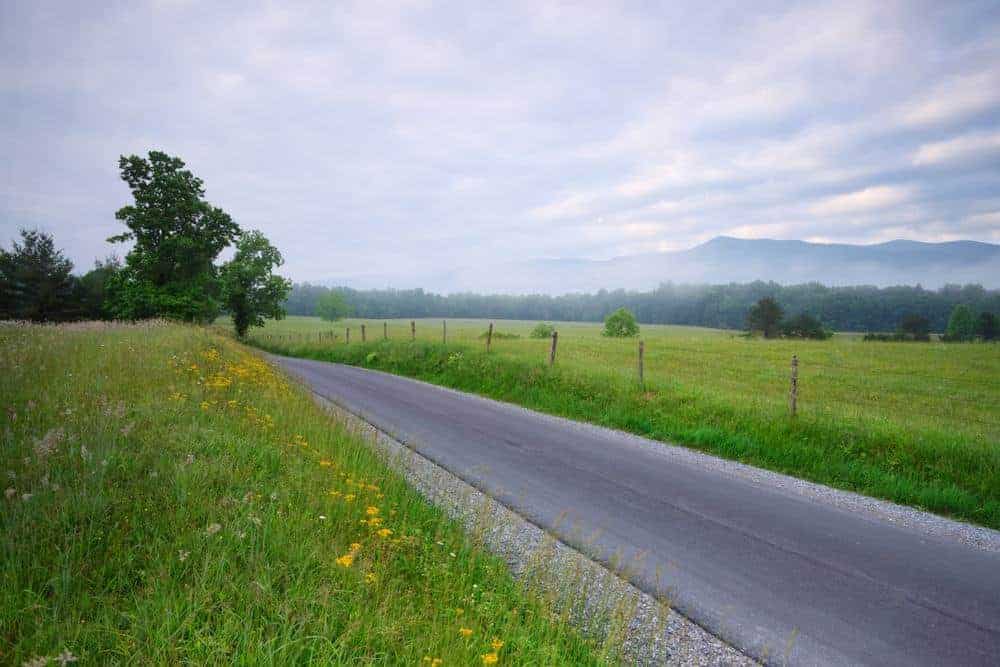
Step-By-Step Guide to the Cades Cove Loop Road
If you are looking for a peaceful place in the heart of the Smoky Mountains where it seems as if time stands still, look no further than Cades Cove. What was once the home to over 100 early settlers has quickly become one of the most highly-visited areas in the national park, and rightfully so. When you visit, we want you to be prepared. That’s why we’ve put together a step-by-step guide to the Cades Cove Loop Road!
The area boasts some of the most unbelievable views of the Smoky Mountains, not to mention visitors to the Cades Cove Loop Road also have the unique opportunity to explore a handful of old homesites and buildings that have otherwise disappeared from our modern world. Not to mention, Cades Cove is also known for being home to some of the most playful wildlife in the Smoky Mountains.
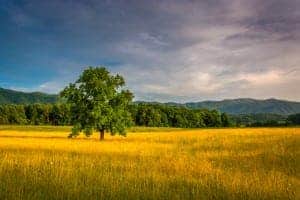
Directions to the Cades Cove Loop Road
Driving to Cades Cove is rather easy. From Gatlinburg, guests will follow the Parkway to the national park. When you pass the Sugarlands Visitor Center on your right, make a right turn onto Little River Road. You will stay on this road roughly 25 miles before it dead-ends at the entrance to the Cades Cove Loop Road.
If you are traveling to Cades Cove from somewhere other than Gatlinburg, please feel free to use the map below for driving directions.
The Cades Cove Loop Road is a one-way, paved road that follows an old logging railroad track. When the early settlers inhabited the area, it was an unpaved two-way road.
The orientation shelter located to the left of the entrance is where you can find a friendly team of park rangers and staff who will be more than happy to answer any and all questions you and your family may have before embarking on your journey along the route. Keep reading to see out step-by-step guide!
John Oliver Cabin
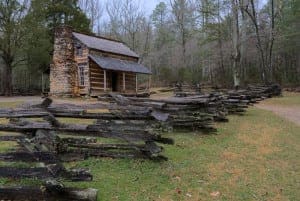
What is impressive about the John Oliver Cabin is that it remained in the Oliver family for over 100 years before eventually being taken over by the National Park Service.
Primitive Baptist Church
The second building that guests will find when exploring the Cades Cove Loop Road is the Primitive Baptist Church. One of the latest historic buildings in Cades Cove to be added to the National Register of Historic Places, this church was actually the second church to be built in the Cove.
During the Civil War, the church’s congregation had to postpone their meetings due to the fact that their preacher had to leave the area. When the war ended, the people of the Primitive Baptist Church were able to resume worshiping in their church.
Methodist Church
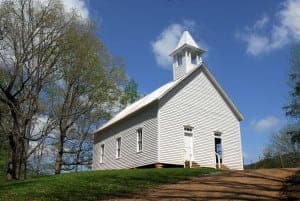
Missionary Baptist Church
The fourth historical building found along the Cades Cove Loop Road is the Missionary Baptist Church. This church was formed in 1839 when a small portion of the Primitive Baptist Church’s congregation split off to form a new church that was focused on missionary work.
During the springtime, guests can faintly see “Co. 5427” spelled out in daffodils to the right of the church. These flowers were planted by members of the Civilian Conservation Corps when they were building trails inside the Great Smoky Mountains National Park.
Cooper Road Trail
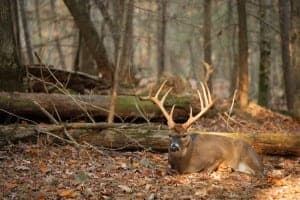
Today, the Cooper Road Trail is a total of 10.9 miles round trip. Considered a moderately easy hike, this route takes guests all the way to the Abrams Creek campground. Be sure to bring your camera when hiking this Smoky Mountain trail because you and your family will want to capture the interesting rock formations and beautiful nature scenes found along the hike.
Elijah Oliver Place
In the days of the early settlers, it was not uncommon for children to live close to their parents after they were married. That is just what happened with Elijah Oliver, son of John Oliver whose cabin you have previously passed.
It is important to note that Elijah did once move out of the Cove before the Civil War started. However, when the war concluded, he moved back into what is now known as the Elijah Oliver Place along the Cades Cove Loop Road.
Abrams Falls
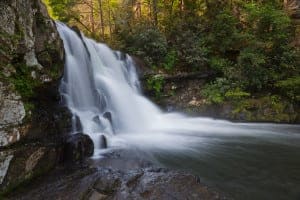
Abrams Falls is hands down one of the most popular Smoky Mountain hiking trails. The waterfall itself is only about 20 feet high, however, the amount of water that rushes over the rocks is a very impressive site.
The trail that leads from the Cades Cove Loop Road to Abrams Falls is about five miles round trip. Although a short distance experienced hikers to encourage beginners to be prepared for a slightly moderate hike.
Visitor Center
The Cades Cove Visitor Center is the official center for the National Park Service in the area. IT is also where guests can pick up their very own Cades Cove souvenir, a bag of flour from the grist mill, a history book about the area, and nearly anything else they can think of.
On a sunny day, don’t be surprised if you come across local story tellers hanging out on the front porch of the visitor center. Some days there are even folk singers eager to share the stories of the early settlers.
If you look to the left of the visitor center, you will also find a modern restroom.
Cable Mill
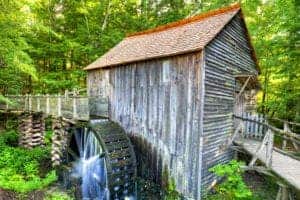
The additional buildings found here include a barn, smokehouse, and a blacksmith shop.
Henry Whitehead Place
One of the most unique homes found in Cades Cove, the Hendy Whitehead Place is considered a ‘transition’ home. It earns this title thanks to the combination of architectural styles that blends the traditional log home and frame home style. Frame homes were houses constructed of sawed lumber.
At the time, the Henry Whitehead Place was the third home in the Smoky Mountains to be built this way. However, it is the only one still standing.
Cades Cove Nature Trail

Along the trail, guests will find the remains of what was once a vibrant chestnut grove. However, even though the chestnuts are gone, visitors will still enjoy the beautiful sight of the oaks, dogwoods, sourwood and pine trees that still line The Cove.
Dan Lawson Place
Just past the entrance to the Cades Cove Nature Trail, guests to the Cades Cove Loop Road will find the Dan Lawson Place. What makes this structure unique is the brick chimney found on the building. Unusual for the time, we are proud to announce that all the bricks used in construction were made in The Cove.
If you look closely, you can also see where Lawson or his family, made additions to the home. This is indicated by the sawed lumber added on top of the hewn logs used in the original structure.
Tipton Place
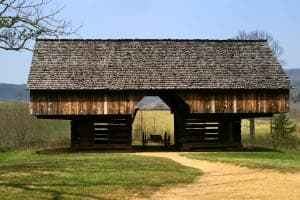
Fun fact, the cantilever barn that stands across the road from the Tipton Place is actually a replica of the original structure that stood in its place.
Carter Shields Cabin
Finally, the last historic building that you and your family should expect to see when traveling along the Cades Cove Loop Road is the Carter Shields Cabin. Back in the day, this cabin was home to Civil War veteran George Washington ‘Carter’ Shields.
Shields was wounded at the battle of Shiloh and only lived in the home 11 years after returning to the area from living in Kansas after the war.
Hyatt Lane and Sparks Lane

These two routes are a useful track if you and your family are running short on time, or if you would like to gain a different perspective of the views found in the area. For convenience, both of these roads are two-way routes.
Learn More About Cades Cove
If you would like to learn more about the Cades Cove Loop Road or other historical structures and history found within the Great Smoky Mountains National Park, we can help! Visit the Travel Tips section on our website, or take a look at a blog, “Everything You Need to Know About Cades Cove.”


